PARALLEL LINES CUT BY A TRANSVERSAL
Subscribe to our ▶️ YouTube channel 🔴 for the latest videos, updates, and tips.
Transversals creates three important types of angles, namely:
1. Corresponding angles
2. Co-interior angles
3. Alternating angles
Corresponding angles are in the same position as each other.
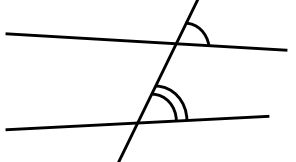
Co-interior angles are between the lines and on the same side of the transversal. They are “inside together”.
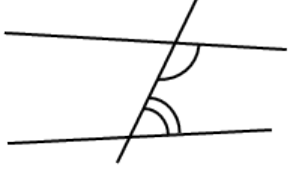
Alternate angles are between the lines and on alternate (opposite) sides of the transversal.

Vertically opposite angles :
When two straight lines intersect the angles opposite each other are called vertically opposite angles.
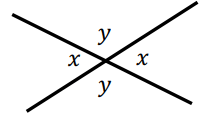
Vertically opposite angles are equal to each other.
Problem 1 :
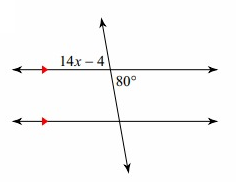
Solution:
Lines are parallel. So, vertical angles are equal.
14x - 4 = 80°
14x = 84
x = 6
Problem 2 :
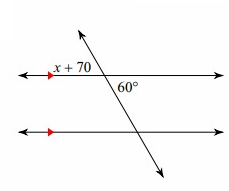
Solution:
x + 70 = 60°
x = 60 - 70
x = -10
Problem 3 :
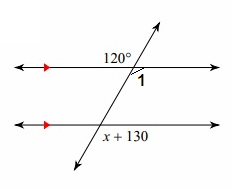
Solution:
∠1 and x + 130° are corresponding angles. So, they will be equal.
∠1 = x + 130° and
∠1 = 120° (Vertically opposite angles)
x + 130° = 120°
x = -10
Problem 4 :
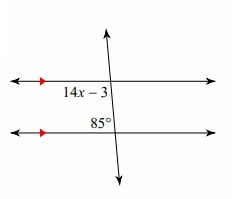
Solution:
85 and 14x - 3 are co-interior angles. So, they add upto 180°.
85 + (14x - 3) = 180°
85 + 14x - 3 = 180°
82 + 14x = 180°
14x = 180 - 82
14x = 98
x = 7
Problem 5 :
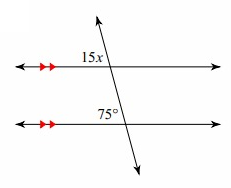
Solution:
15x and 75° are corresponding angles.
15x = 75°
x = 5
Problem 6 :
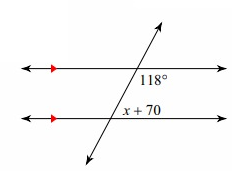
Solution:
118 and x + 70 are co-interior angles, so they will be equal.
118 + x + 70 = 180°
188 + x = 180°
x = 180 - 188
x = -8
Problem 7 :
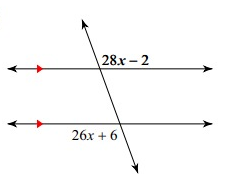
Solution:
28x - 2, 26x + 6 are alternate exterior angles.
28x - 2 = 26x + 6
28x - 26x = 6 + 2
2x = 8
x = 4
Problem 8 :
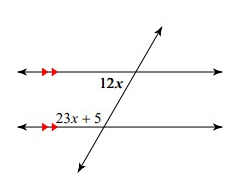
Solution:
12x and 23x + 5 are co-interior angles.
23x + 5 + 12x = 180°
35x + 5 = 180°
35x = 175
x = 175/35
x = 5
Problem 9 :
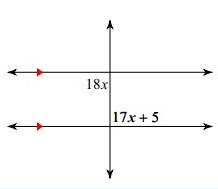
Solution:
18x = 17x + 5 (alternate interior angles are equal)
18x - 17x = 5
x = 5
Problem 10 :
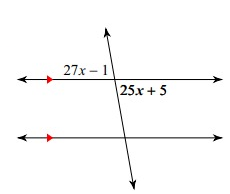
Solution:
27x - 1 and 25x + 5 are vertically opposite angles, they will be equal.
27x - 1 = 25x + 5
27x - 25x = 5 + 1
2x = 6
x = 6/2
x = 3
Subscribe to our ▶️ YouTube channel 🔴 for the latest videos, updates, and tips.
Recent Articles
-
Finding Range of Values Inequality Problems
May 21, 24 08:51 PM
Finding Range of Values Inequality Problems -
Solving Two Step Inequality Word Problems
May 21, 24 08:51 AM
Solving Two Step Inequality Word Problems -
Exponential Function Context and Data Modeling
May 20, 24 10:45 PM
Exponential Function Context and Data Modeling